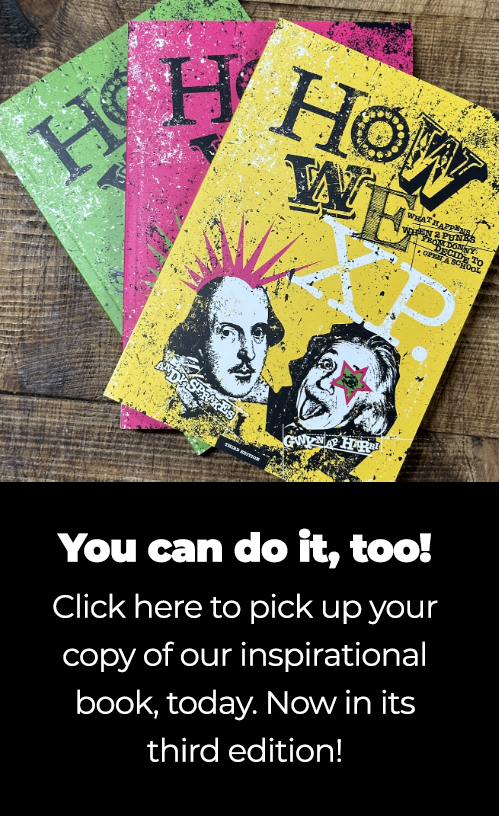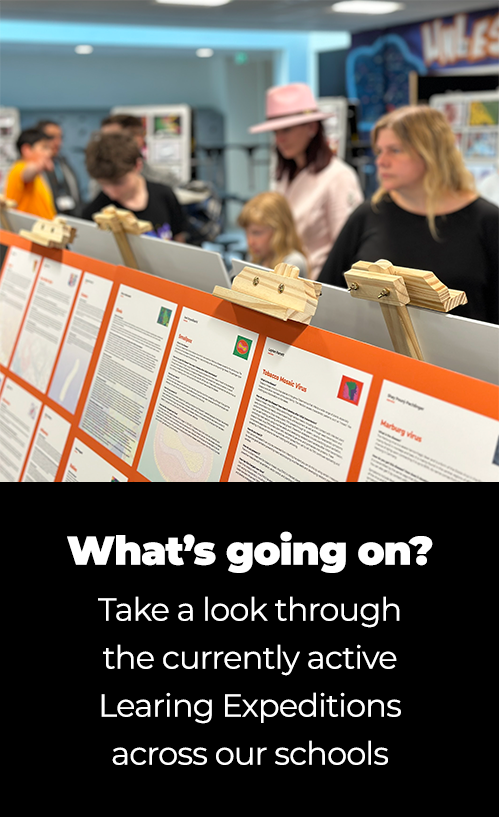GQ: How can the eyes of the past help us to respond to public health issues in the future?
Expedition lead: Jamie Portman
Curriculum: HUMAN/Arts
Phase/Year group: Year 9
Delivery date: Spring 2022
In January 2022, students in Year 9 studied a joint HUMAN and STEAM expedition called ‘You give me fever’. This expedition followed a thematic study of health, considering how it has changed over time from the Medieval Period to the modern day. In order to do this we focused on factors which can affect our health, such as wealth, poverty, science and technology and the role of the government.
Immersion:
In HUMAN, we learned about medical advances and beliefs from the ancient world by conducting a gallery walk. We discovered how these beliefs still impact medicine today, with many doctors still taking the Hippocratic Oath.
In STEAM we watched a TED talk about how scientists discovered and then animated the movement of proteins inside a living cell. We carried out investigations using microscope images and other clues to link to the Guiding Question.
In Arts we used the information from STEAM to understand cell structures and replicate these in a 3D form using modelling clay and paint.
Case Study 1: Medieval Health
In Case Study 1 we began by examining the characteristics of Medieval Britain and how living conditions influenced the health of people in towns and the countryside. We read ‘The Pardoner’s Tale’ by Geoffrey Chaucer and discussed how religious beliefs influenced Medieval people’s decisions. We explored the enquiry question: did anyone really care about health in Medieval England? This work helped to further understand the role not only the authorities, but people in society can play on our health. We read extracts of eye witness accounts from the period and began to read fictionalised accounts of the outbreak of the plague in Eyam in order to bring the historical events to life and add a personal dimension. Alongside this in STEAM, students learned about the organisation of human organ systems, starting with the cell, and contrasted these with prokaryotic organisms such as bacteria. This gave students a grounding in the workings of the pathology of the black death, ready for the next case study. Students focussed on the digestive system, respiratory system and circulatory systems to build a picture of the importance of organisational hierarchy in the human body. Required Practicals included those with light microscopes, food tests and enzyme activity tests. They also addressed the question of the importance of respiration for survival.
Case Study 2: Early Modern Health
In Human we read extracts of literary non fiction from Samuel Pepys’ diary about the plague outbreak in London. This helped us to understand how the government’s attempts to control people, and the outbreak, affected everyday life for residents. We continued to read the anchor text ‘Your Life in Our Hands’ in both HUMAN and STEAM to understand how the current health system has advanced and deals with disease. In STEAM students learned about infection and response, with a focus on communicable diseases, and in this case study focussed on the pathology of the plague.
Case Study 3: Industrial Health
As the expedition developed so did our study of public health. In the Present case study we explored the major changes in health during the Industrial Revolution and how our understanding of health has evolved through pandemics such as Spanish Flu and CV-19 as well as new medical conditions such as AIDs.
We continued to read extracts from ‘Your life in Our Hands’ and considered the personal cost of the health issues that people face. We were able to begin drawing parallels between health developments across the ages.
In STEAM students learned about Pasteur and the discovery of antibiotics, as well as the process for new vaccines to be created and tested, which gave them a solid foundation to look at more modern epidemics and pandemics in the final case study. Students investigated how the electromagnetic spectrum can be used to investigate and treat disease.
Final Product
The final product was a book produced by students. It focused on the ‘unheard voices’ of people who are experiencing particular health challenges in their lives by documenting their stories on how it has affected them and their loved ones. The book also allowed carers to reflect on their vital work, and this allowed them to explain how their situations are providing care, guidance, hope and support for the loved ones in their lives. The stories were told from their perspective, and this allowed others to see it as they do – a visual ‘walk a mile in my shoes’. Where appropriate, the narratives were accompanied with high quality black and white photographs of the individuals in their settings and environment or symbolic representations of an aspect of their stories.
Learning Targets:
I can analyse the living conditions of the Medieval period and how this impacted people’s health. (History/Citizenship)
I can provide a balanced argument which evaluates the significance of the creation of the NHS on people’s health (History)
I can read a wide range of non-fiction from a wide range of genres, forms, authors and historical periods. (English)
I can make comparisons and connections between texts evaluating the similarities and differences and synthesising ideas. (English)
I can systematically record outcomes, calculate probabilities of single and combined events, and use probability to investigate
I can compare and contrast simple prokaryotic organisms with eukaryotic cells.
I can explain the importance of organisational hierarchy in the human body.
I can explain the body’s response to infection and the pathology of a range of communicable and non-communicable diseases.
I can justify the use of the electromagnetic spectrum in diagnosing and treating disease.



